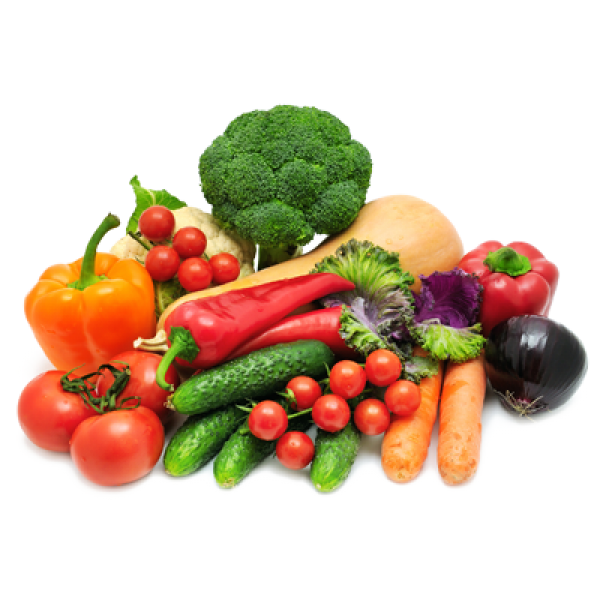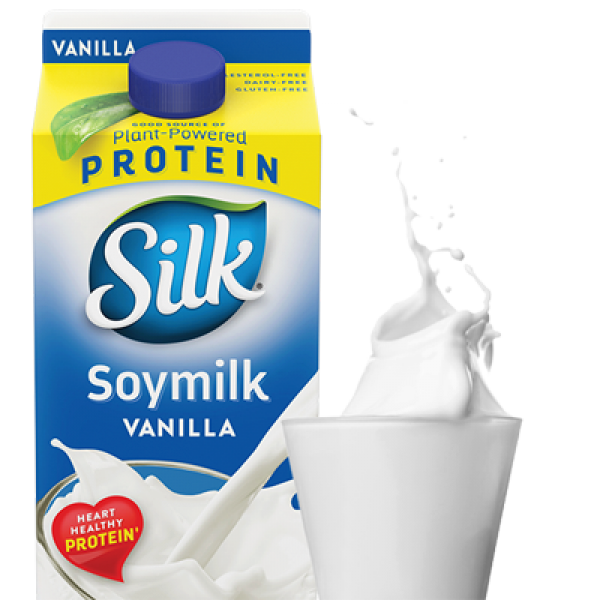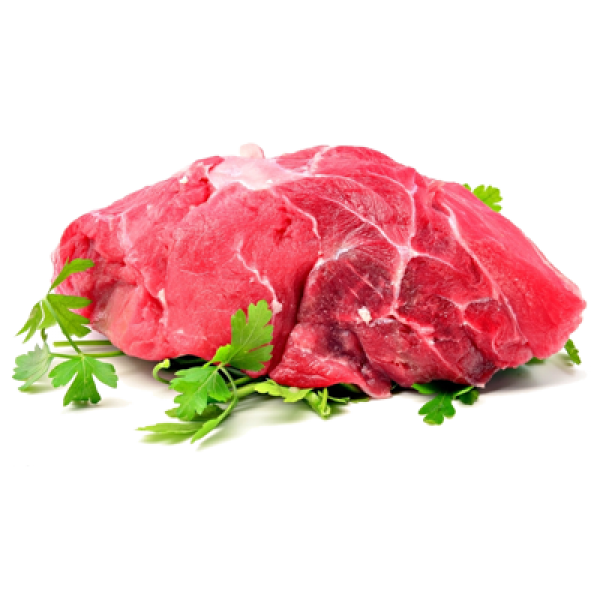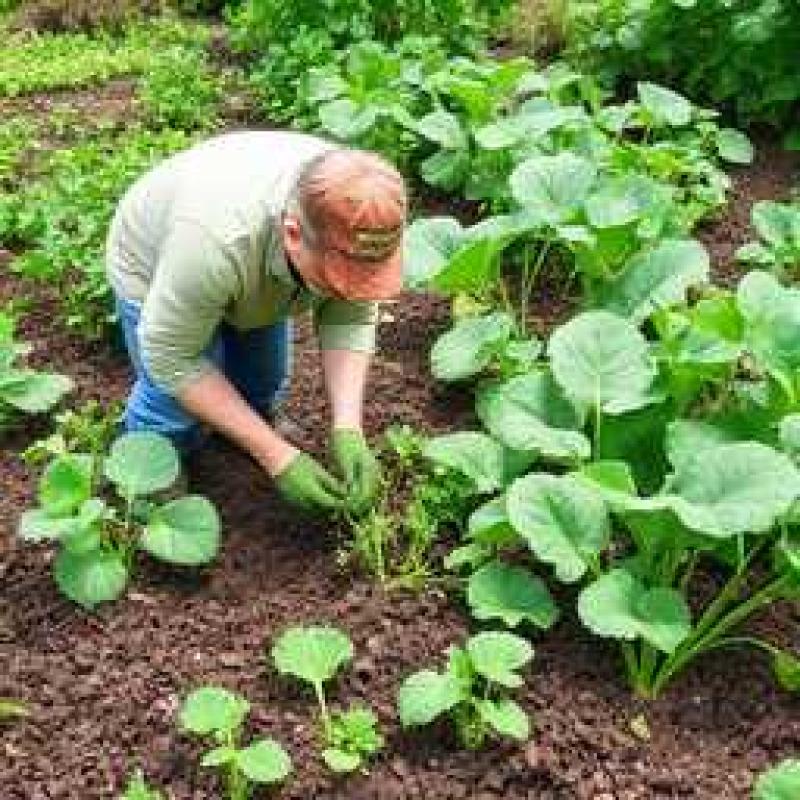Harvesting Organic Vegetables: Techniques for Protecting Soil Health
Soil degradation is a pressing issue, with studies indicating that we lose around 24 billion tons of fertile soil each year. This loss directly impacts food production, threatening global food security. Organic farming prioritizes soil health, making it vital for successful crop yields. Proper harvesting techniques play a key role in maintaining this essential resource.
Understanding Soil Health in Organic Systems
The Soil Food Web
Healthy soil is alive with a complex ecosystem known as the soil food web. This diverse community includes bacteria, fungi, and larger organisms like earthworms. Together, they facilitate nutrient cycling, making essential elements available for plant uptake. Interestingly, healthy soil can host up to 1 billion different organisms in a single teaspoon, showing just how vibrant these ecosystems can be.
Indicators of Healthy Soil
Healthy soil often shows signs like good structure, dark color, and the presence of earthworms. Farmers can also conduct tests to evaluate factors like pH and nutrient levels. One notable example is a farmer in Nebraska who started testing his soil annually. After implementing changes based on those tests, he saw an increase in both yield and soil quality.
The Impact of Conventional Harvesting
Conventional harvesting methods often compromise soil structure and health. Heavy machinery can compact the soil, making it harder for roots to penetrate. In contrast, organic methods focus on minimizing such damage, fostering a healthier growing environment.
Minimizing Soil Disturbance During Harvest
Reduced-Till Harvesting
Using reduced-till harvesting methods can significantly reduce soil disruption. Techniques like hand tools or specialized machinery help preserve soil integrity. A farm in Ohio adopted reduced-till methods and reported healthier crops and better yields, showcasing the effectiveness of this approach.
Careful Crop Rotation
Crop rotation plays an essential role in soil health. It helps prevent nutrient depletion and reduces soil erosion. Research shows that rotating crops can increase soil fertility by up to 30%, demonstrating its importance in sustainable farming practices.
Mulching and Cover Cropping
Mulching and cover cropping protect the soil during and after harvest. These practices reduce erosion and improve moisture retention. An expert on sustainable agriculture states, "Using cover crops not only protects the soil but also enhances its fertility." This emphasizes the dual benefits of these methods.
Preventing Soil Erosion After Harvest
Windbreaks and Buffer Strips
To combat wind erosion, farmers can implement windbreaks and buffer strips. These features act as barriers, protecting soil from harsh winds. In California, a vineyard successfully incorporated windbreaks, reducing soil loss and improving grape quality.
Contour Farming and Terracing
Contour farming and terracing are effective on sloping land. By planting along the land's contours, these methods reduce water runoff and erosion. They help conserve soil moisture, further enhancing crop growth.
Post-Harvest Soil Management
After harvesting, it’s crucial to maintain soil health. Adding compost or planting cover crops can rejuvenate the soil. This approach enhances nutrients, preparing it for the next planting season.
Selecting Appropriate Harvesting Tools and Techniques
Hand Harvesting
Hand harvesting has multiple advantages for soil health. It minimizes compaction and allows for precise crop selection. A farm in Oregon focuses solely on hand harvesting, yielding high-quality produce while preserving soil structure.
Mechanical Harvesting
Although mechanical harvesting can save time, it poses challenges for soil health. Using lighter machinery and spacing out passes can reduce soil damage. Experts recommend selecting equipment designed to minimize ground pressure, ensuring the soil remains healthy.
Harvesting at Optimal Maturity
Harvesting crops at their peak maturity reduces soil compaction and damage. Picking at the right time means healthier plants and better yields, making this a crucial practice in organic farming.
Compost and Nutrient Cycling Strategies
Composting Crop Residues
Composting crop residues plays a major role in maintaining soil health. This process returns valuable nutrients back to the soil, improving its fertility. Statistics reveal that well-made compost can contain up to 2-4 times more nutrients than the raw materials used to produce it.
Green Manuring
Green manuring involves planting cover crops specifically for soil improvement. This method enhances soil structure and fertility, promoting a healthier growing environment. An expert once remarked, "Green manuring transforms your soil into a living system that thrives, leading to healthier plants."
Organic Fertilizers
Using organic fertilizers can significantly benefit soil health. These fertilizers provide essential nutrients while maintaining soil structure. A California farm successfully integrated organic fertilizers, noticing a remarkable improvement in soil quality and crop yield.
Conclusion
Proper harvesting techniques are vital for maintaining soil health in organic vegetable production. Sustainable practices, such as reduced-till harvesting, careful crop rotation, and effective post-harvest management, can make a significant impact. By adopting these techniques, farmers can protect soil health and enhance their yields, contributing to a more sustainable future. Embrace these methods to foster a thriving environment for your crops.







